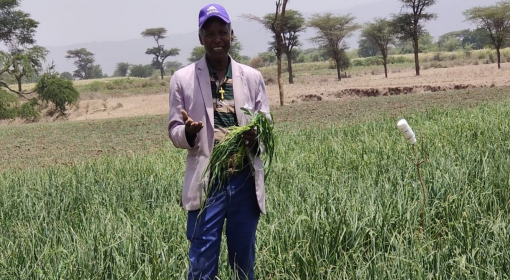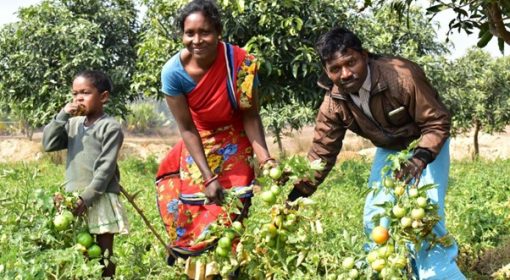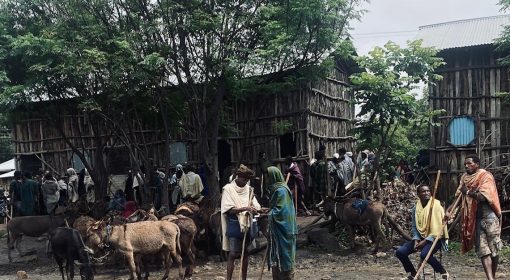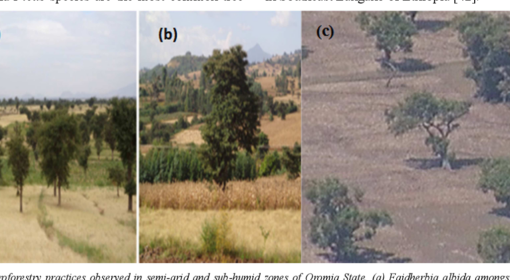Author: Nardos Masresha
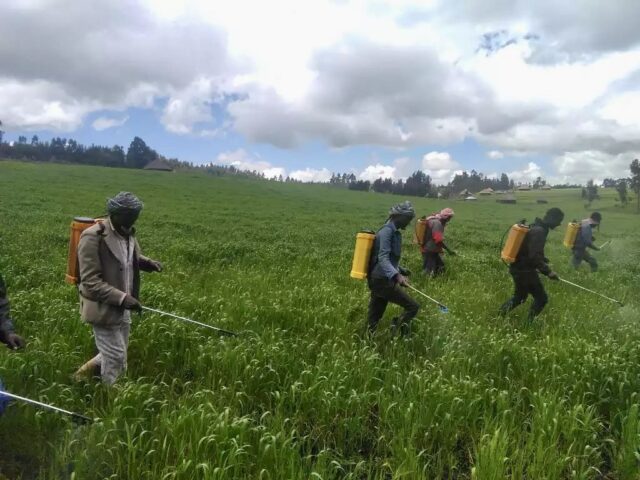
Ethiopia’s agricultural sector has long been the backbone of its economy, providing livelihoods for most of its population and contributing significantly to its GDP. However, various challenges, including soil degradation, overreliance on inorganic fertilizers, and limited capacity to respond to environmental shocks, threaten the sector’s sustainability and productivity. The overuse of synthetic fertilizers not only leads to soil degradation but also poses environmental and health risks. Furthermore, the agricultural sector in the country heavily relies on imported for (inorganic) fertilizers, greatly impacting its stability. Notably, the ongoing conflict between Ukraine and Russia has led to a drastic surge in fertilizer prices, soaring by up to 200%. In 2022, the Ethiopian Agricultural Trading Corporation (EATC), responsible for procuring fertilizers, faced challenges in securing an adequate supply for the 2023 farming season. Fertilizer imports decreased by 11% compared to the previous year and fell short of demand by 30%. However, despite the reduced supply, EATC’s expenditure nearly doubled, reaching $1.1 billion compared to $575 million in the previous year. This shortage poses a significant risk, potentially reducing crop yields by as much as 20% and subsequently impacting export earnings. Additionally, the scarcity of fertilizers adversely affects domestic grain production, leading to an anticipated increase of over one million tons in Ethiopia’s grain import requirements (International Trade Administration, 2023).
In this blog, we’ll delve into the significance of homemade liquid biofertilizers (HLBFs) as a sustainable solution to these challenges, particularly focusing on their multi-dimensional benefits and potential to revolutionize Ethiopian agriculture.
The Shift Towards Sustainable Farming Practices
In recent years, Ethiopia has witnessed a transition towards sustainable farming practices driven by the need for food security, high prices of inorganic fertilizers, and environmental concerns. Initiatives promoting organic farming and sustainable land management have gained traction, signaling a paradigm shift in agricultural practices. However, innovative and holistic approaches are required to address the sector’s challenges effectively.
HLBFs offer a promising alternative to inorganic fertilizers, addressing soil health, nutrient management, and environmental sustainability. Composed of natural ingredients such as cow dung, yeast, sugars, and mineral-rich sources, HLBFs provide essential nutrients to crops while enhancing soil fertility and microbial activity. Their cost-effectiveness, eco-friendliness, and ease of production make them particularly suitable for smallholder farmers in Ethiopia.
Several initiatives promoting the adoption of organic fertilizers including homemade liquid biofertilizers have emerged in Ethiopia, aiming to empower farmers with sustainable agricultural practices. Since its inception in 2020, the GFF (Green Future Farming) project has made significant strides in promoting HLBF adoption among local farmers. Through a series of workshops, field demonstrations, and capacity-building sessions, the project has equipped farmers with the skills needed to harness the full potential of HLBFs in their agricultural endeavors. In the Arsi Zone, for example, the project has trained over 139 experts in soil fertility and agronomy, development agents, and model farmers, who have subsequently reached out to over 3,315 farmers in the project implementation weredas and 2,738 farmers indirectly in the neighboring woredas. Of these farmers, the majority have incorporated HLBFs into their farming practices for at least two consecutive farming seasons, attesting to the tangible benefits and effectiveness of this approach.
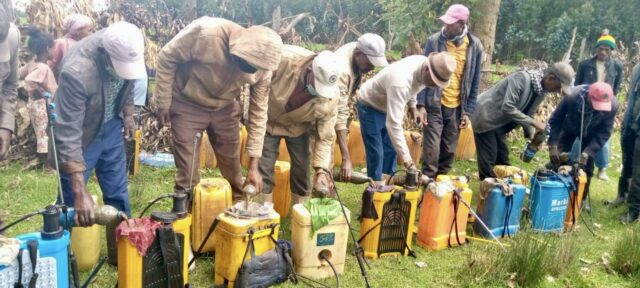
The process of HLBF production is relatively straightforward and cost-effective, making it accessible to farmers of all backgrounds and resource levels. Moreover, the simplicity of the production process allows for easy scalability and replication, empowering communities to become self-sufficient in meeting their fertilizer needs. The impact of HLBFs on agricultural productivity and livelihoods has been nothing short of transformative. Farmers who have adopted HLBFs have reported significant improvements in crop (maize and onion) yields, with some experiencing yield increases ranging from 45% to 65% compared to previous seasons. Additionally, the use of HLBFs has led to reduced fertilizer costs, minimized weed growth, and enhanced pest resistance, further bolstering farmers’ resilience to environmental and economic challenges.
Beyond its immediate benefits for farmers, HLBF adoption holds promise for promoting long-term soil health and environmental sustainability. By harnessing the power of beneficial microorganisms and organic nutrients, HLBFs contribute to the restoration of soil fertility, the mitigation of soil erosion, and the promotion of biodiversity. By promoting the adoption of sustainable farming practices and empowering farmers with the tools and knowledge needed to succeed, these initiatives are driving positive change at the grassroots level. As Ethiopia continues to embrace HLBFs and other innovative approaches to agriculture, the potential for sustainable growth and development in the sector remains boundless.
References:
Belete, A. A. (2022). Determinants of Organic Fertilizer Adoption in Moretna Jeru District, Northern Ethiopia. Advances in Agriculture, 2022, Article ID 9983782, 9 pages. https://doi.org/10.1155/2022/9983782
Federal Democratic Republic of Ethiopia. (2020). A Homegrown Economic Reform Agenda: A Pathway to Prosperity (Public Version: Edited – March 2020).
International Trade Administration, U.S. Department of Commerce. (2023, April 10). Ethiopia Ag Sector Opportunities. Retrieved from https://www.trade.gov/market-intelligence/ethiopia-ag-sector-opportunities

